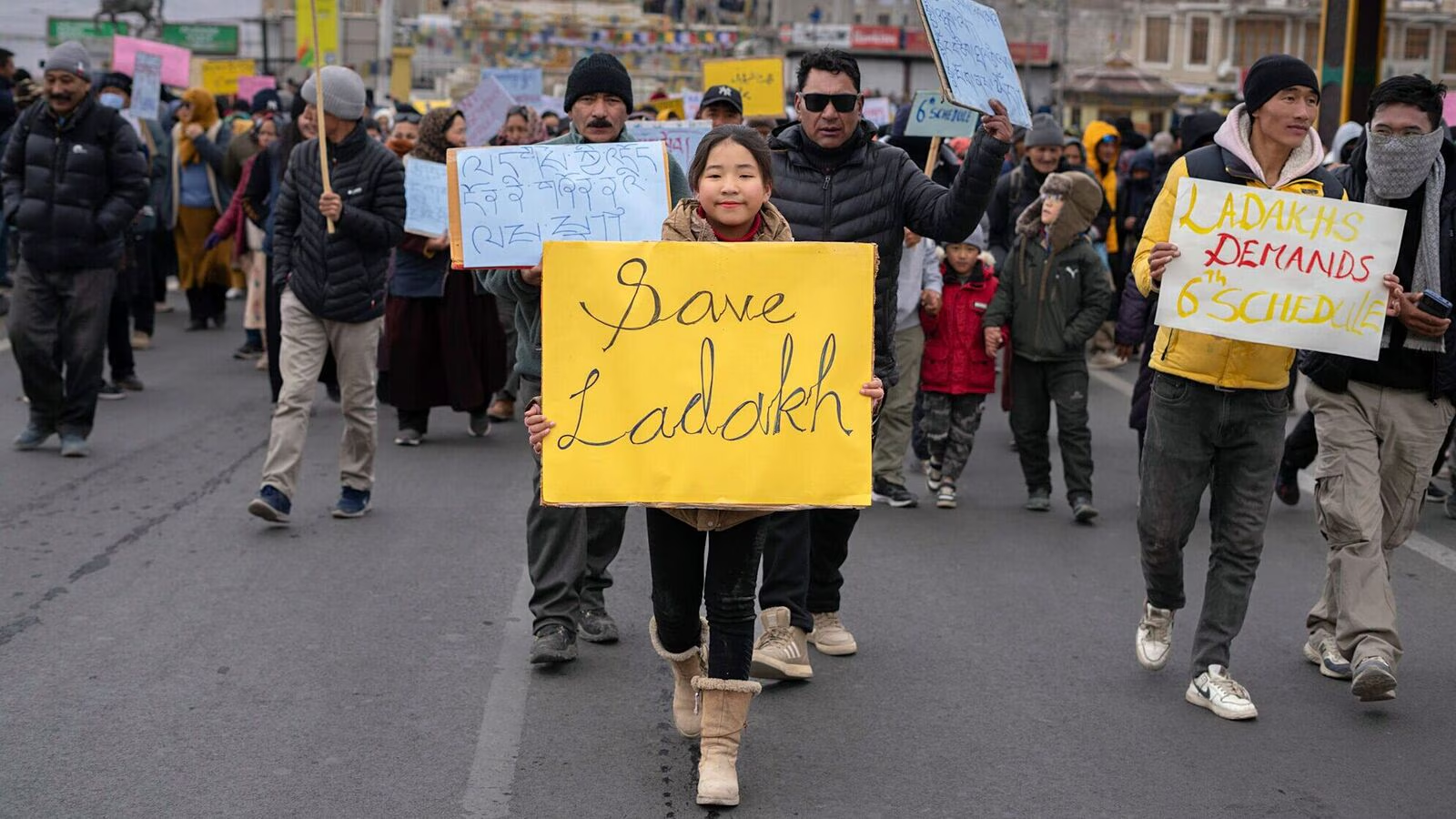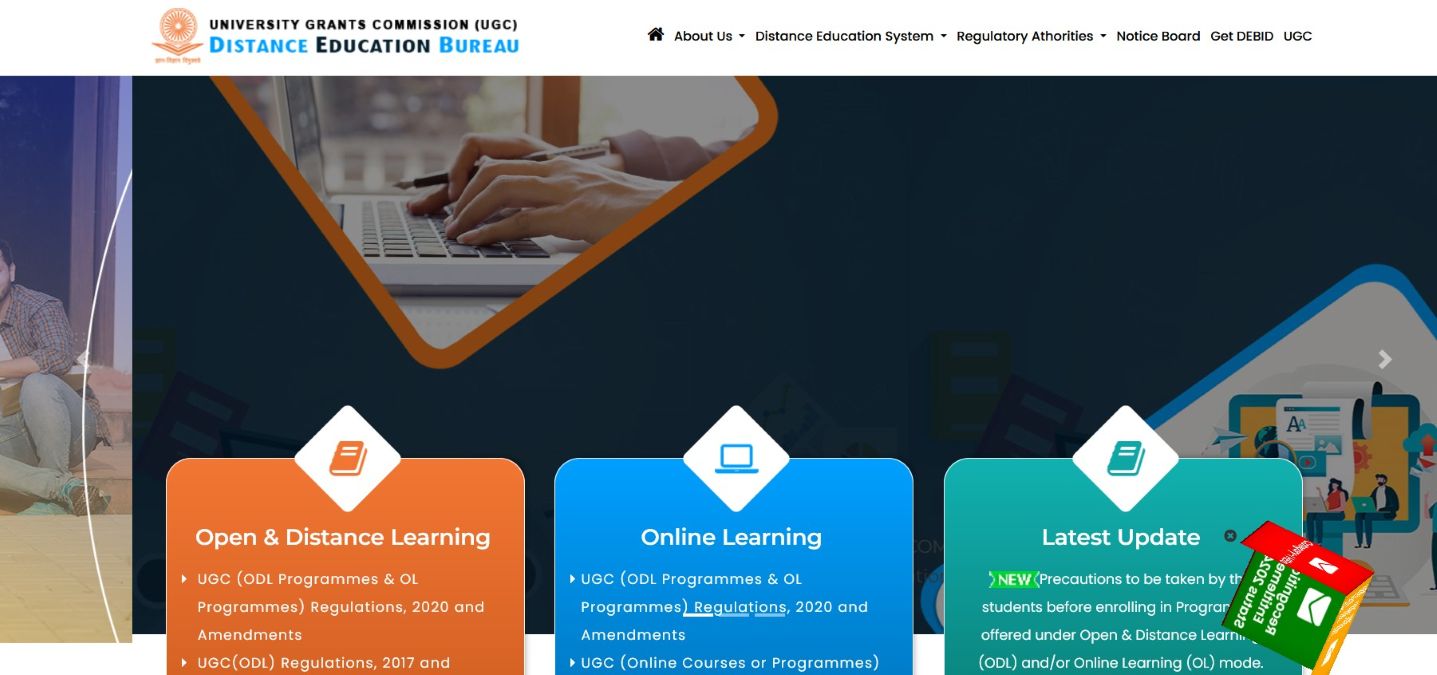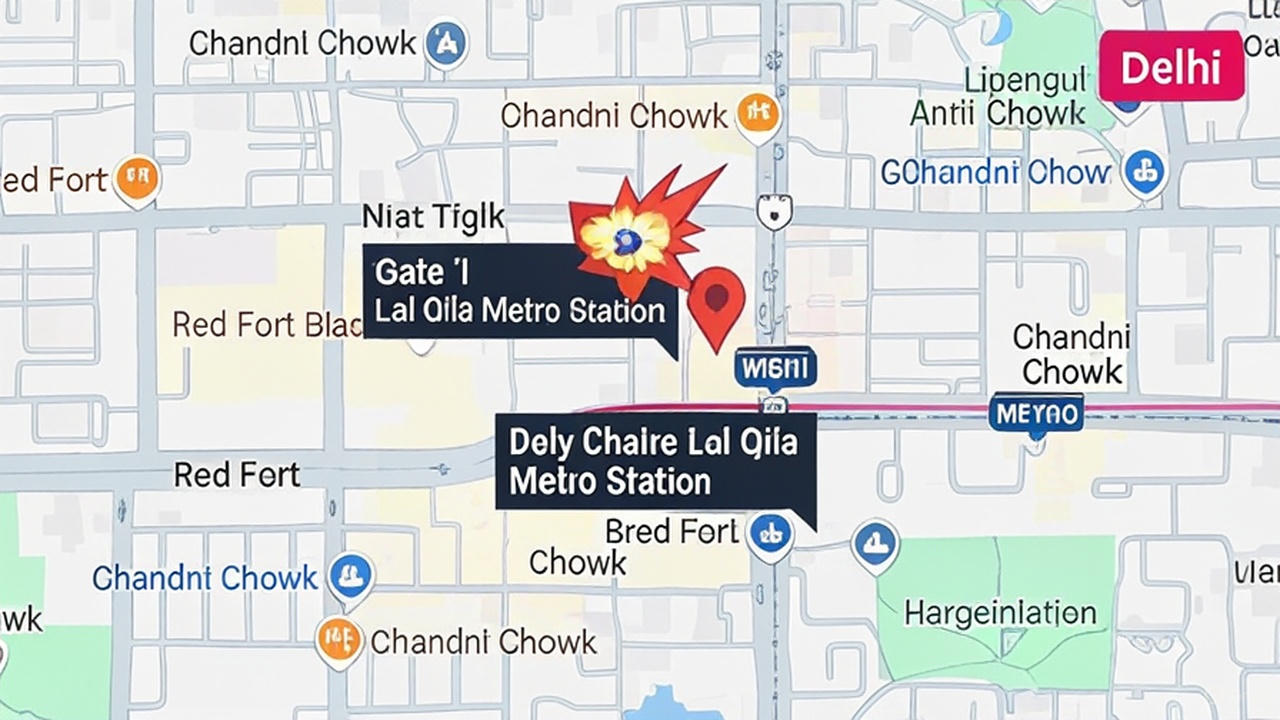The Ladakh Unrest: What Happened, What’s Being Asked, and What Parties Say

1. Background: What Led Up to This
- Since 2019, Ladakh (which was earlier part of the state of Jammu & Kashmir) has been administered as a Union Territory (UT) after the revocation of Article 370 and reorganisation.
- Local groups—principally the Leh Apex Body (LAB) and the Kargil Democratic Alliance (KDA)—have been pressing for greater constitutional safeguards for Ladakh. Some key demands have included:
- Statehood for Ladakh.
- Inclusion under the Sixth Schedule of the Indian Constitution (which gives special protections for tribal areas regarding land, governance, etc.).
- Separate Lok Sabha seats for Leh and Kargil.
- Job reservations/employment guarantee for Ladakhis.
- Activist Sonam Wangchuk has been a central figure in these protests. He has been fasting/hunger-striking (since Sept 10 in the recent cycle) with these demands.
2. The Spark: What Immediately Triggered the Violence
- On Tuesday evening (just before the clashes), two hunger strikers (elderly individuals, part of the fast) were hospitalised after their condition deteriorated. That acted as the flashpoint.
- Following that, youth groups called for a shutdown in Leh, and large crowds gathered at public places such as Martyrs’ Memorial Park.
- Protests then escalated: stone-pelting, setting fire to the local BJP office, and damage to police/CRPF vehicles. Police responded with tear gas, baton-charge, and ultimately live fire in some instances.
3. The Clashes & Aftermath (Chronological)
| Date | Event |
|---|---|
| Sep 10, 2025 | The fast goes on; people wait for a response from the government. |
| ~35-day ongoing fast | The fast goes on; people wait for response from the government. |
| Tuesday night | Two hunger strikers critically ill are hospitalized. This escalates anger among youth. |
| Wednesday, Sept 24, 2025 | Shutdown in Leh called. Protests gather. Violence erupts: four people killed, dozens injured (including security forces), BJP office torched, police/CRPF vehicles attacked. Curfew imposed in Leh; prohibitory orders in place. Over 40-50 arrests. |
| After the violence | Sonam Wangchuk ends his hunger strike. Calls for peace. Local administration imposes curfew, bans gatherings of more than 5 persons. Government promises investigations; high-powered committee meetings scheduled, etc. |
4. What the People Are Demanding (and Since When)
The demands have been consistent over the last few years, but reiterated and intensified recently. Key demands:
- Statehood: That Ladakh be recognised as a state rather than a Union Territory. This would give it greater control over its affairs.
- Sixth Schedule status: For constitutional protections, particularly for land, tribal governance, identity etc.
- Separate Lok Sabha seats: For Leh and Kargil.
- Job reservations/employment: Locals complain about lack of jobs, especially in higher positions / meaningful opportunities.
These have been pushed via peaceful means — fasts, talks, protests — but many say the government has delayed, made promises in manifestos which were not fulfilled (notably by the BJP), and the consultation/dialogue has been slow.
5. Political Responses & Accusations
BJP’s Side
- Accusations against Congress: BJP alleges Congress (particularly councillor Phuntsog Stanzin Tsepag) instigated or provoked the violence. Claim that Congress is using the unrest for political gain.
- Blaming “provocative statements”: The Union government (Home Ministry) says incidents were incited by “politically motivated individuals,” misleading or old videos/gossip being circulated.
- Defensive posture: The administration (Lt Governor etc.) has condemned the violence, expressed condolences, said those responsible will be held accountable. Also imposed curfew, prohibitory orders.
Congress & Opposition Response
- Congress says the crisis is the BJP’s fault: That promises from the BJP (for Sixth Schedule, jobs, etc.) have not been fulfilled, and that the government delayed responding to demands.
- Demand for inquiry/justice: They are asking for a judicial or forensic inquiry into how peaceful protests turned violent, who gave orders, etc.
- Defending that they didn’t incite violence: For example, Congress’s Udit Raj rejected the claim that Congress was behind incitement, saying Sonam Wangchuk has been leading the demand for months.
Also: Others
- Sonam Wangchuk: Emphasises that the movement has largely been peaceful, that violence was not planned, but was an outburst of pent-up frustration. He criticises broken promises (especially regarding Sixth Schedule) and joblessness among youth.
- Local bodies/groups: Leh Apex Body, Kargil Democratic Alliance have long been involved in dialogue (some formal committees set up), but complain about delays, non-fulfilment.
6. BJP’s Claim vs People’s Perception
- BJP says the violence was instigated / provoked by political opponents, and that law and order was violated. The government is keen to frame the issue partly as misbehavior, not only grievances.
- Locals/activists say that the deeper issues (autonomy, identity, land rights, ecology, joblessness) have been ignored; promises made but not kept. They say that when peaceful methods fail or are ignored, frustration boils over.
7. What Are They Asking For Now
- The immediate requests include:
- Dialogues: Start talks immediately. There was a scheduled meeting/talks on October 6 between Ladakh representatives and the Central Government.
- Investigation: An impartial and credible investigation into the deaths/injuries during the clashes.
- Protection of constitutional guarantees: Particularly, inclusion under the Sixth Schedule. Statehood. Job reservation. Separate MP seats. Land protections.
- Accountability: Those responsible (whether in the administration, police, or any other body) should be held liable for excessive force or negligence.
8. What BJP is Saying Now
- BJP has pointed to what it calls “provocative statements” and alleged instigation by Congress figures. It claims that Congress is politicising a movement that began with peaceful demands.
- It also argues that governments need law and order, and that some protesters crossed the line (i.e. torched property, etc.).
- At the same time, there are statements from administration (Lt Governor etc.) expressing sorrow, promising action against those responsible for violence.
9. The Stakes & Why It Matters
- Ladakh is strategically located (bordering China), environmentally fragile, and has a distinct cultural identity. Many in Ladakh feel that being a UT with less local legislative power leaves them vulnerable to decisions from New Delhi that may harm their land, culture, and environment.
- The issue of Sixth Schedule is not just symbolic. It carries protections over land rights, forest rights, power over land use, and local governance — crucial in a region with ecological stress and tourism pressures.
- The failure to deliver on promises or respond adequately to grievances leads to disillusionment, especially among younger people. Prolonged delay is seen as neglect, fueling anger.
10. What’s Next
- Dialogue meetings: Scheduled for October 6 between Ladakhi leaders/groups and the Central Government. The outcome of that will be important.
- Watch for investigations: Will there be a credible judicial or independent inquiry into the deaths? Both local demand and opposition parties are pushing for this.
- Government response: Whether the BJP / Central Government will commit in concrete ways (law amendments, constitutional guarantees, etc.) rather than just offering promises.
- Maintaining peace: Many voices are calling for non-violence, also cautioning that more force could worsen things.
Conclusion
The Ladakh incident is not just a sudden outburst; it’s the result of years of unaddressed grievances, broken or delayed promises, and a growing feeling among locals—especially youth—that their identity, environment, and political voice are being ignored. What people want is not radical: constitutional safeguards, statehood, jobs, protection of their land and rights.
Politically, the BJP is defending its position, accusing opposition parties of opportunism and highlighting law & order. Congress and others are pointing out promises unfulfilled and demanding accountability. What’s crucial going forward is whether the dialogue leads to real policy changes, not just rhetoric.


